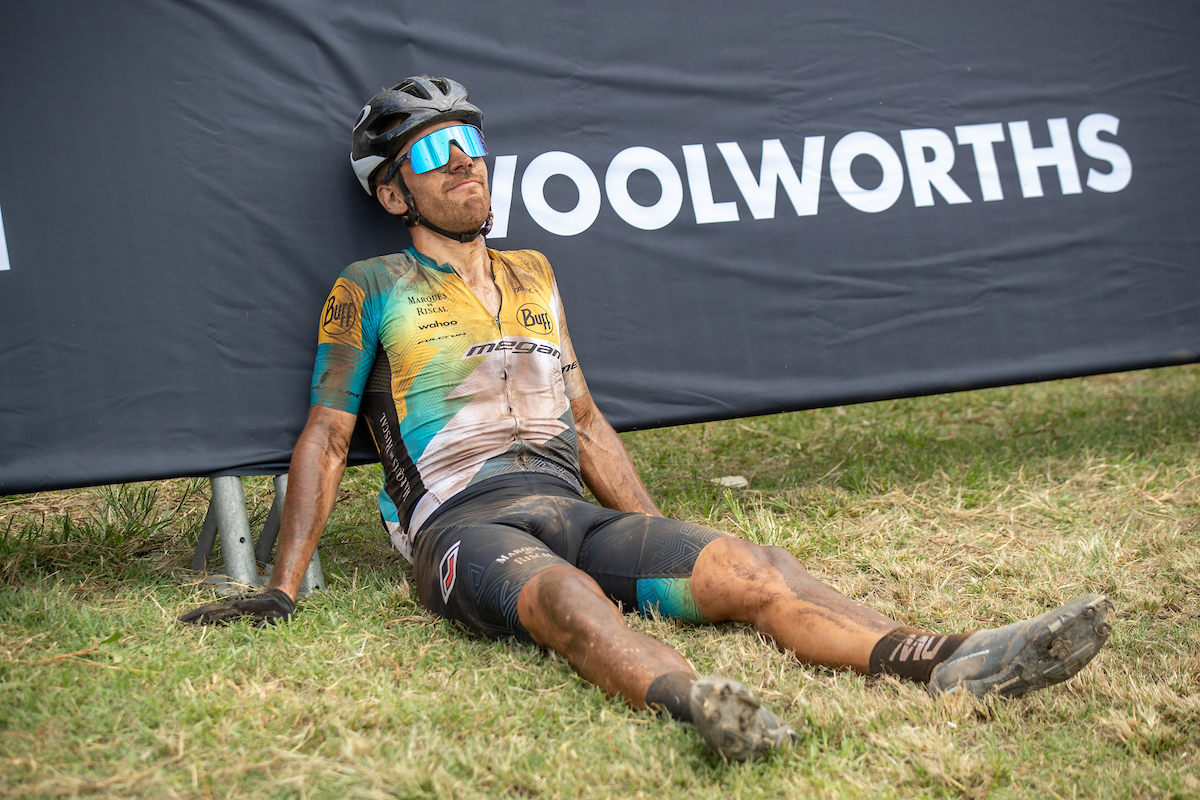We’ve kept the stats over the years. Usually, after a very tough edition – or two – of the Absa Cape Epic, the following year is more merciful. The 2022 Absa Cape Epic had the highest ever team attrition rate in the event’s history, so does that mean the 2023 edition will be easier? Maybe. Here’s what we think.
By Sean Badenhorst
The average team DNF (did not finish) rate for the Absa Cape Epic from 2004 until 2022 is 21.3%. That’s the percentage of teams that do not complete the event – as a team. It is after all, a two-rider team event. Although remaining team members are permitted to complete the race alone, there’s no solo-rider competition.
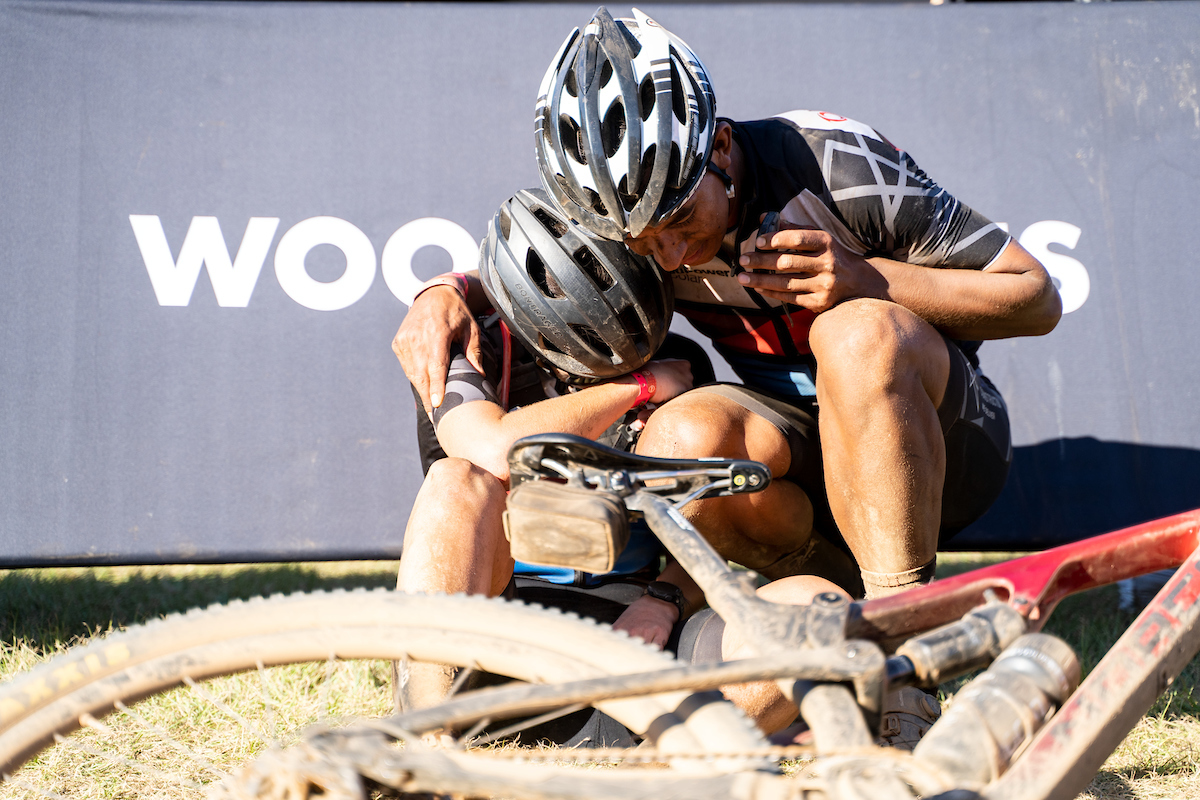
After the brutal 2022 edition, which matched the unforgettable 2008 edition for toughness, as we revealed here, will the world’s most prestigious mountain bike stage race deliver a more merciful route for 2023? The team DNF rate in 2022 was a record 31.8%. The route should be tough, but not extreme or else it will put riders off wanting to return. The event is a business and it wants to retain its customer base, not diminish it.
The 2023 Absa Cape Epic route was revealed last week. At 658km, it’s a similar distance to 2022, which was 657km; but with 15 775 metres of ascent, it has 1 475m less vertical ascent than the 17 250m of this year. That’s a fair bit and sure to be appreciated by those who struggled on the steep ascents as early as Stage 1, which combined with a long, headwindy Stage 2 saw a large number of teams succumb early.
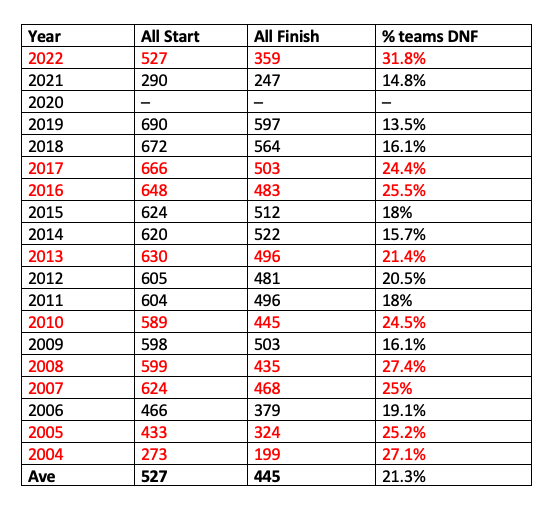
Not since 2019 has there been a mid-race time trial, but the shorter stage is back for 2022. For the teams chasing podium places, the time trial is sure to be attacked with intent and in some ways is harder than a regular longer stage because there’s no letting up. But for the majority of the field, the time trial stage offers some respite.
Because of the format, teams head off from the start on their own at evenly spaced intervals, starting with the team lying in last position and finishing with the highest placed teams. At 47km in distance, with 850m of ascent, the stage takes place mostly on the singletrack at Paul Cluver. It’s stimulating for sure, but it will give teams some relief in that they will be in the saddle for half the time of a ‘normal’ stage. And depending when they start, they can sleep in longer or have an afternoon sleep when they would normally be riding.
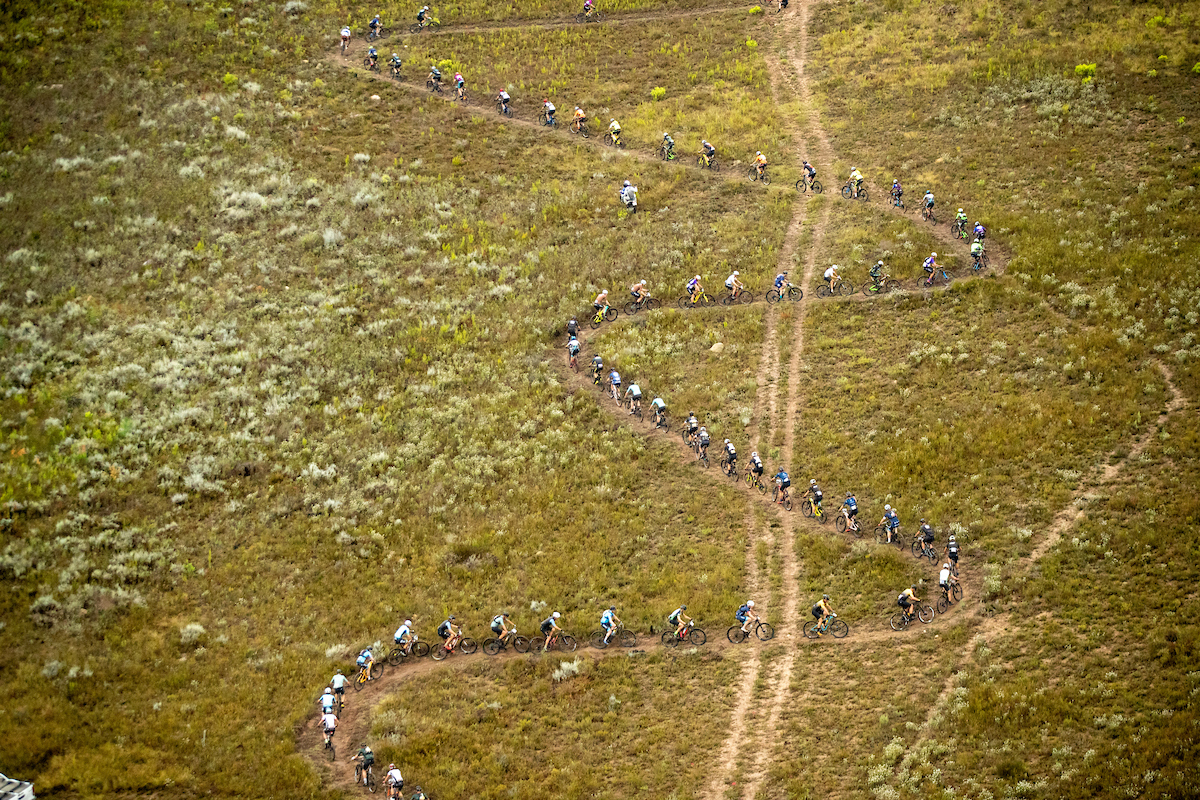
Last edition, there were two stages longer than 100km and two stages longer than 90km. In 2023 there are three stages longer 100km and one longer than 90km, so rather similar in that regard. When those stages come can be telling and 2023 sees Stage 1 – 98km, Stage 2 – 116km and Stage 3 – 108km in succession, which will challenge anyone that hasn’t put in the preparation. After that, the time trail on Stage 4 will feel like a rest day. Sort of…
The greatest attrition of teams usually happens in the first half of the race, so let’s look at the first half of 2023 compared to 2022.
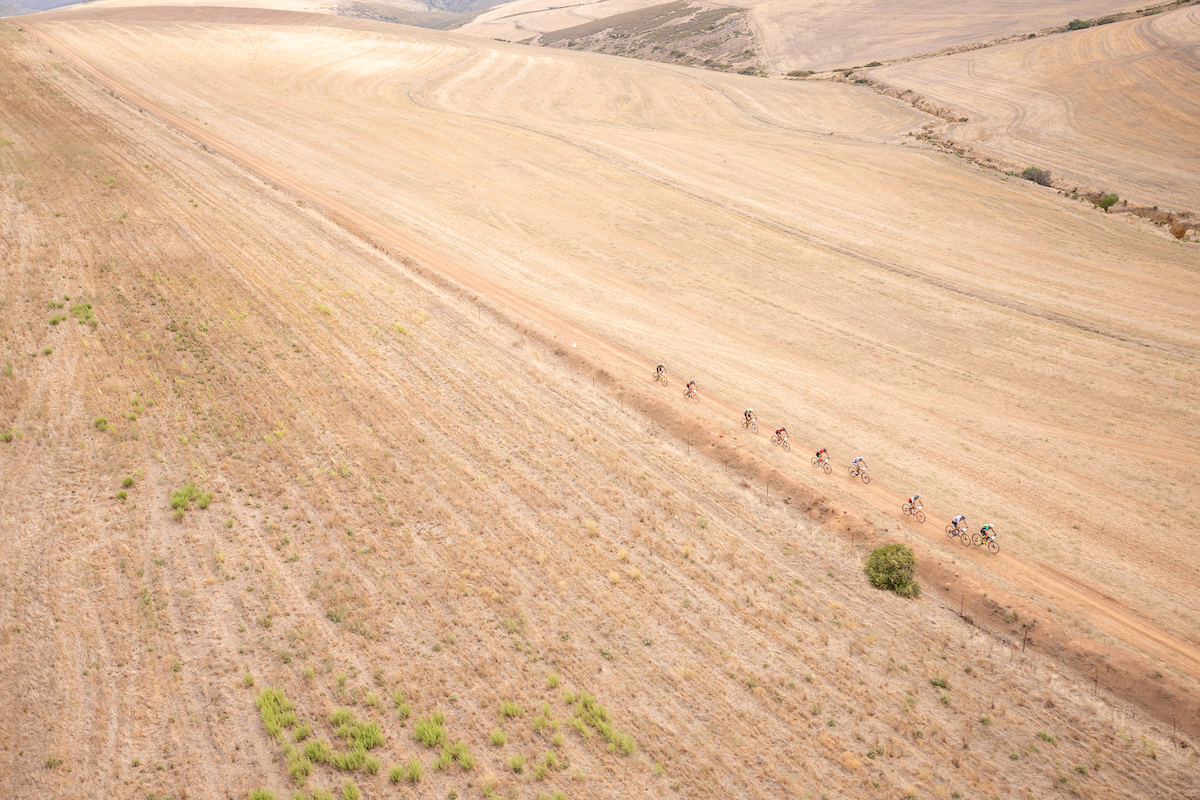
The first four days of 2022 had 330km with 8500m of ascent. The first four days of 2023 will have 349km with 7750m of ascent. More distance with less ascent in the first half of 2023 compared to 2022, but you need to consider the terrain and type of riding. Singletrack is generally more taxing than gravel roads. Unless you’re facing a relentless headwind, as was the case with Stage 2 in 2022.
A technical climb on Stage 1 near Hermanus in 2017 proved the undoing of many a team with a 15km section between Waterpoints 2 and 3 taking most riders more than two hours to complete.
You also need to consider the weather. When it’s hot and windy, it’s harder than when it isn’t. Obviously. On forested singletrack, you’re less exposed to wind and direct sunlight that comes on open gravel roads. It’s worth remembering that a searingly hot Stage 1 in 2017 in Hermanus claimed 80 teams, the highest ever on any Cape Epic stage. And there are two full stages in Hermanus next year…
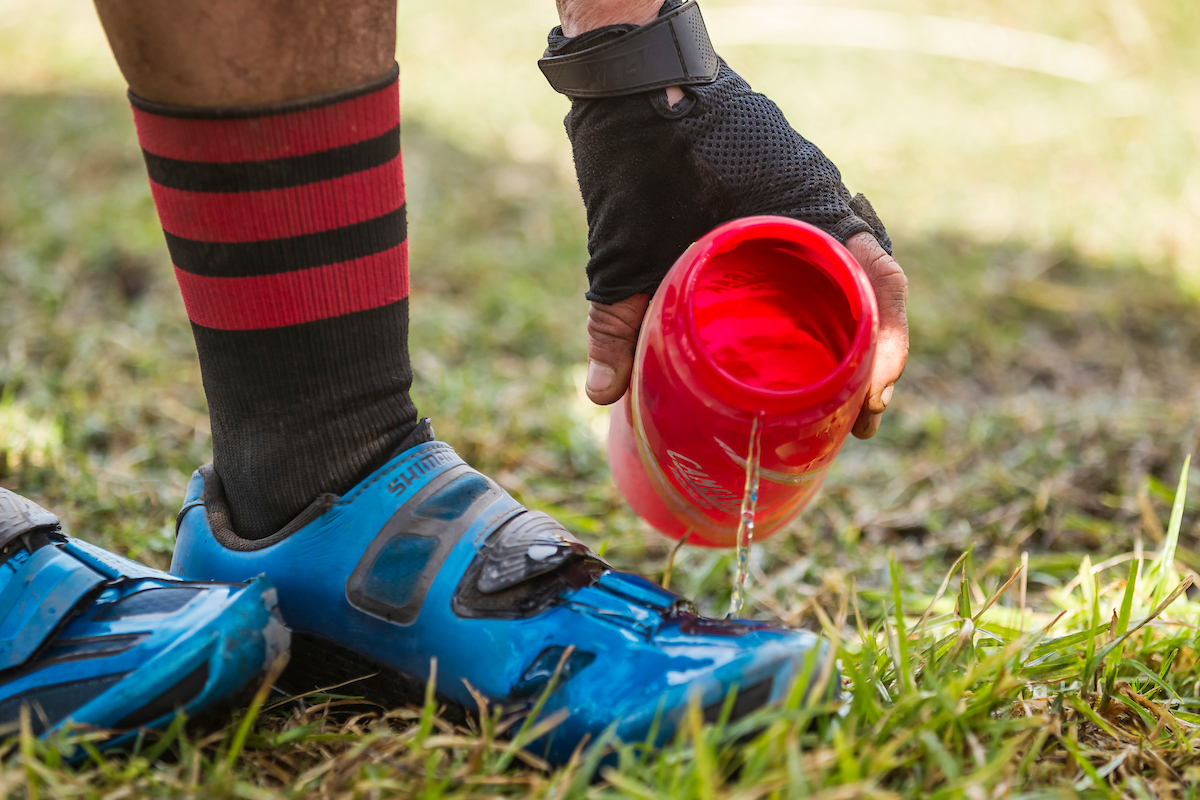
Northern Hemisphere riders are particularly vulnerable in the heat as their Cape Epic preparation is through their winter and they arrive at the race unconditioned to excessive temperatures. In 2012 a rainy, cold stage into Oak Valley took the race by surprise and culled a number of complete teams. Although there’s an average of just five rainy days in March in the Western Cape, there is the occasional wet day that strikes the Cape Epic, which also brings its own difficulties.
We don’t have the specific singletrack volume stats, but based on where the 2023 stages are taking place – Meerendal, Hermanus, Oak Valley, Lourensford and Lourensford through Stellenbosch and Banhoek to Paarl, there’s a high percentage of established singletrack – and apparently plenty of new singletrack – on the schedule for the 2023 Cape Epic riders. It’s possible that the 2023 edition includes more singletrack than any other edition. That means high levels of concentration will be required, which in itself demands energy.
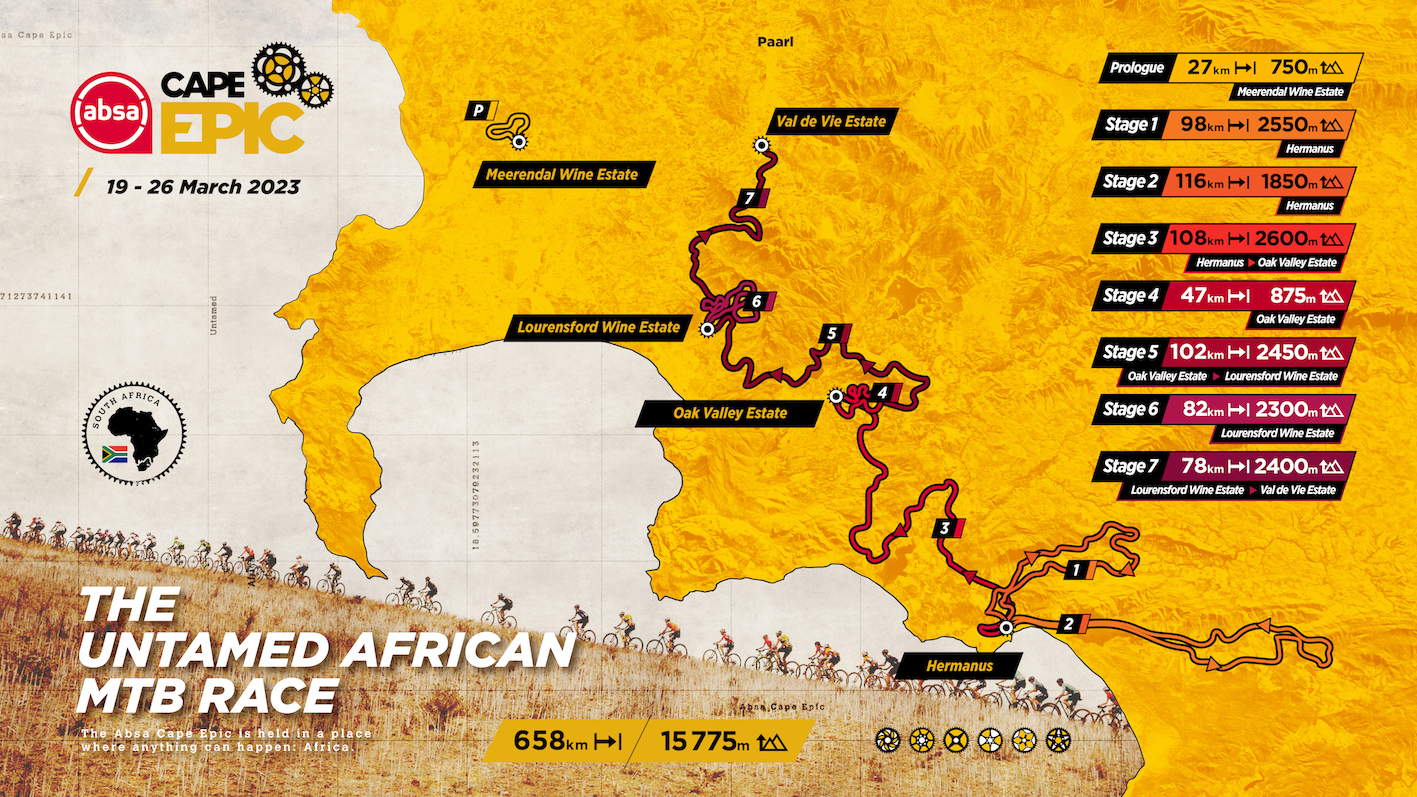
The fact that the 2022 overall Cape Epic title was able to be won on a tough final stage indicated a shift in the route design. The 2023 edition takes that one step further. From Lourensford to Paarl via Stellenbosch, Banhoek and Boschendal – that alone is a singletrack feast. But when you’ve accumulated seven days of fatigue, that feast becomes a beast. On paper, this is the toughest final stage of any Cape Epic and is far from the processionary dash of editions gone by.
The Absa Cape Epic challenges stamina, strength, skill, mental fortitude, selflessness and the ability to ride in all conditions. It’s a true all-round test of a mountain biker. Will the 2023 edition be tough? Of course. Will it be harder than the team-crusher that was 2022? If the weather is extreme, we reckon it could well be. Mercy isn’t a virtue of the Cape Epic route design team…
Check out the 2023 Absa Cape Epic route in detail here.


